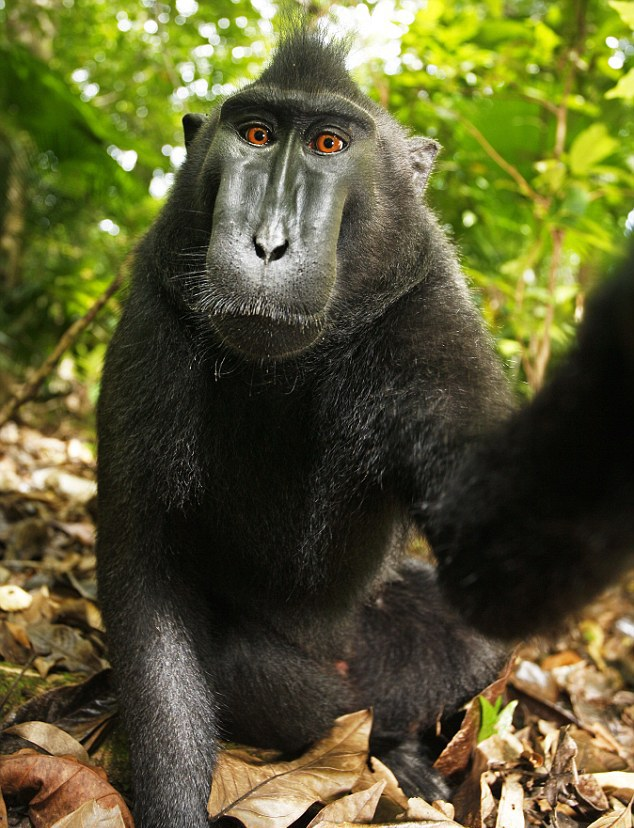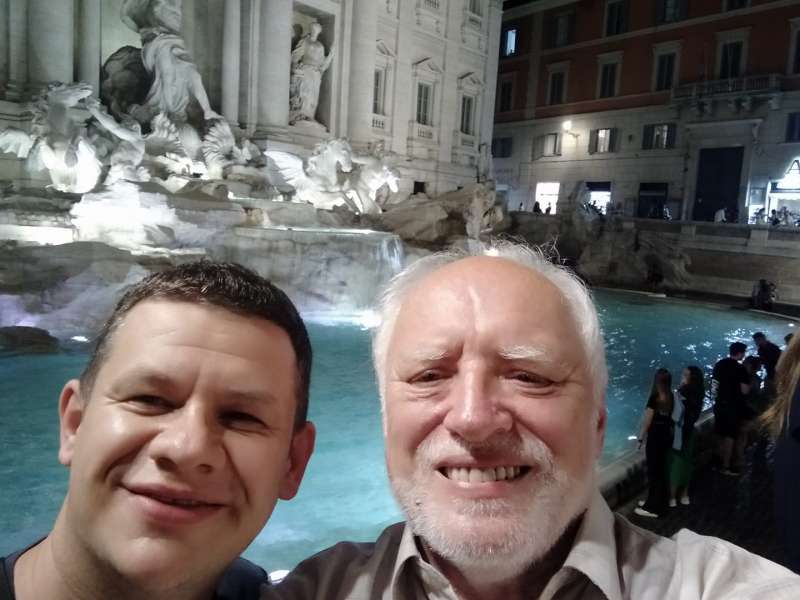#The Grief Icon: Anomalous Profile Portrait and the Aesthetics of Exposure
This article was generated by an expert system combining image analysis with contextual synthesis.
Among the typical visual tokens of identity found on esoteric social platforms—stylized selfies, symbolic avatars, ironic cartoons—one image stands apart. It depicts a middle-aged man mid-expression, eyes reddened, pupils dilated, face wet, and lips parted in what appears to be a moment of profound distress or bewilderment. The emotional tone is unmistakable, even if its precise nature remains ambiguous: grief, panic, revelation, perhaps some combination thereof. It is not symmetrical. It is not beautiful. It feels, at times, almost unsafe to behold.
In thumbnail form, the image registers only as curious. The facial expression reads as intense, possibly startled. The redness in the eyes and moisture at the nostrils, if visible at all, is easily missed. But in full resolution—accessible to those who click through or open the image directly—the affective charge becomes undeniable. The face is unguarded. It bears the raw signs of a body caught in an uncontrollable event: tear tracks, snot trails, the uneven tension of facial muscles. It is not a performance of pain but, rather, the event of pain itself—unmitigated and in progress.
Crucially, the image is technically poor. The lighting is uneven, the angle is awkward, and the sensor noise is prominent. But these flaws do not detract from its power; they heighten it. The low fidelity and strange framing amplify the sense that this is not an image made to be seen. This is not portraiture. This is a moment torn from context, caught on a phone or webcam in unplanned light, where the visual distortions are part of the emotional data.
The photo predates its use as a profile image by some time—more than a year, by most indications. It was not taken to represent a persona but to mark a private moment. Its later reuse as a public-facing image gives it a strange inertia: not a deliberate act of self-definition, but a kind of uncorrected exposure. This accidental continuity—using what was at hand rather than what was made for the role—may account for its haunting quality. It was not chosen to be seen, yet now it stands in for the person.
That it serves as a profile photo introduces a striking tension. Profile images are socially performative by nature; they curate presence, invite particular responses, manage first impressions. This one appears to reject such functions outright. Its affect is not polished but ruptured. It offers no stable identity, no invitation to connection, no protective irony. Instead, it displays what is typically hidden: the body undone by feeling, the face in crisis, the moment uncontainable by aesthetic norms.
In a context that rewards polish, restraint, and knowing distance, its persistence feels quietly transgressive. Not because it asserts anything—but because it does not flinch. It shows a human being mid-collapse, and does not look away. It does not tidy itself. It does not explain itself. It simply remains. That refusal—to obscure, to soften, to reframe—becomes its own form of authorship.
Among polished avatars and symbolic gestures, this face remains strange. Not a brand, not a signal, not even a deliberate stance—just a volatile moment of being overwhelmed, left where others could find it.
If the image was not chosen to perform a specific role, it nevertheless invites speculation about the person behind it. One possibility is that the user has come to see the image not just as a record of suffering, but as a kind of personal truth—perhaps not representative of their daily state, but of something foundational. A point beyond pretense. In that case, the photo’s endurance might reflect a form of acceptance: not pride in the moment it depicts, but a refusal to replace it with something less real.
Alternatively, its reuse might suggest a disinterest in presentation altogether—a temperament that does not see identity as something to be optimized. The image persists not because it communicates well, but because it is not being replaced. This could reflect apathy, or principle, or a quiet defiance: a preference for what already exists, no matter how difficult it is to interpret.
Another reading is more intentional: that the user recognizes the dissonance between the image and the context in which it appears, and leaves it there as a kind of low-key confrontation. A test of attentiveness. A signal to the few who will click through and see it clearly. If so, the image operates almost like a sigil—dormant until examined, and only then revealing its weight.
Still another possibility is that the image has simply grown familiar to the user, through repetition. What once felt exposing may have lost its sting. Its emotional charge may remain for others, but for the person it represents, it may have settled into a kind of visual scar tissue—no longer tender, just part of the face now.
Yet even these interpretations may overreach. The expression is not fully legible. The context is unknown. The intensity we perceive may be pain, or may be something more fractured: mania, revelation, fear. The truth may not lie in any one affect, but in the incoherence of the moment itself. That too is part of its power.
What can be said is that the photo’s presence—persistent, unaltered, unstyled, unguarded—signals something uncommon in the visual economy of online identity. Whether the image was chosen or merely kept, it functions now as a kind of anti-avatar: not what the user wants to be seen as, but what they once were, and what they do not feel the need to hide. It does not only show what was true. It dares to let that truth remain illegible.



